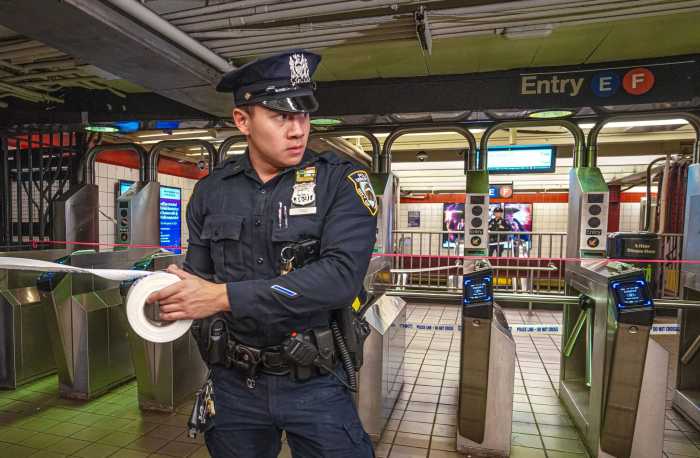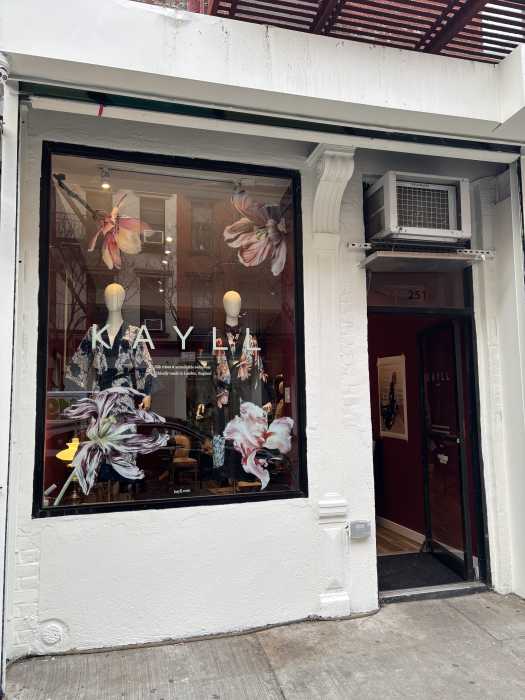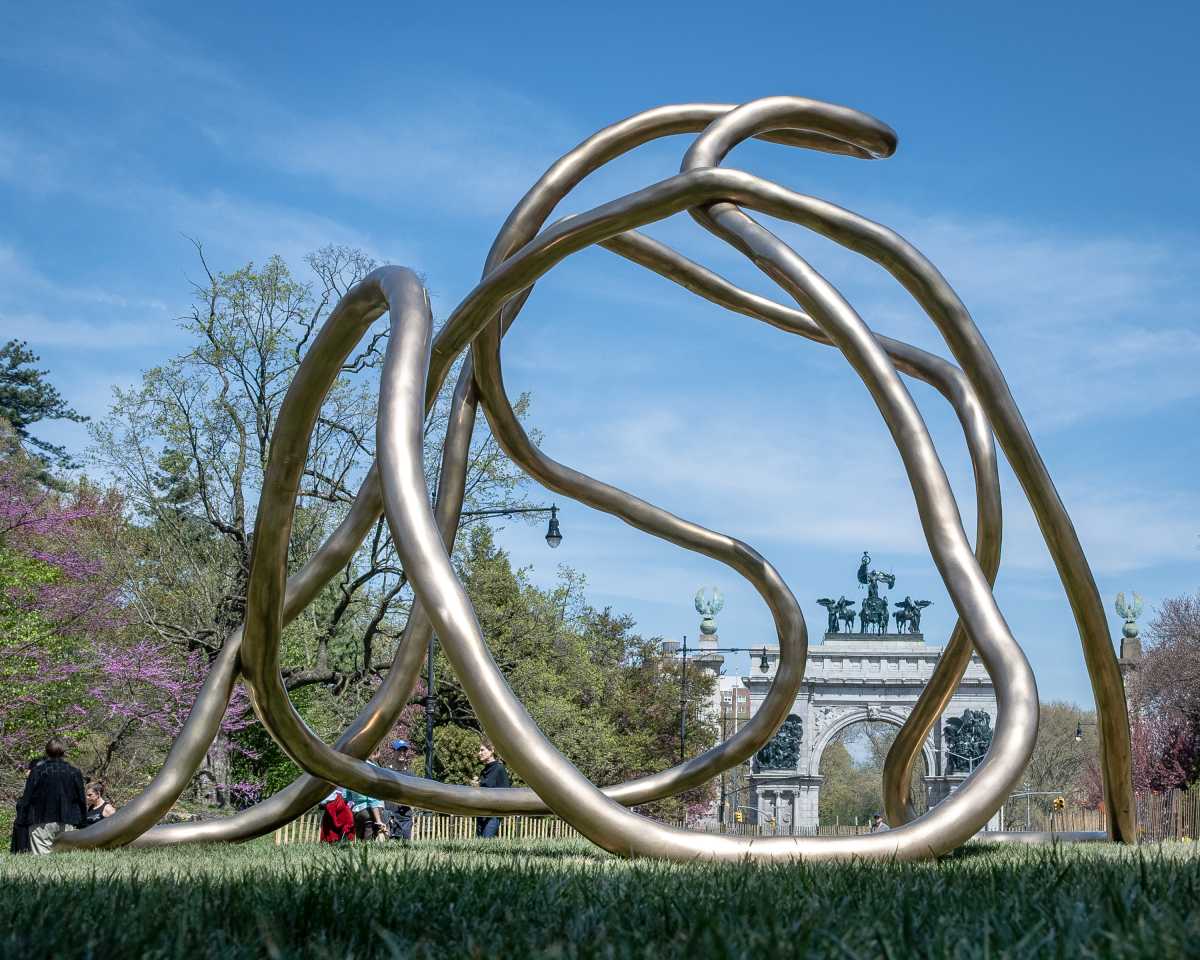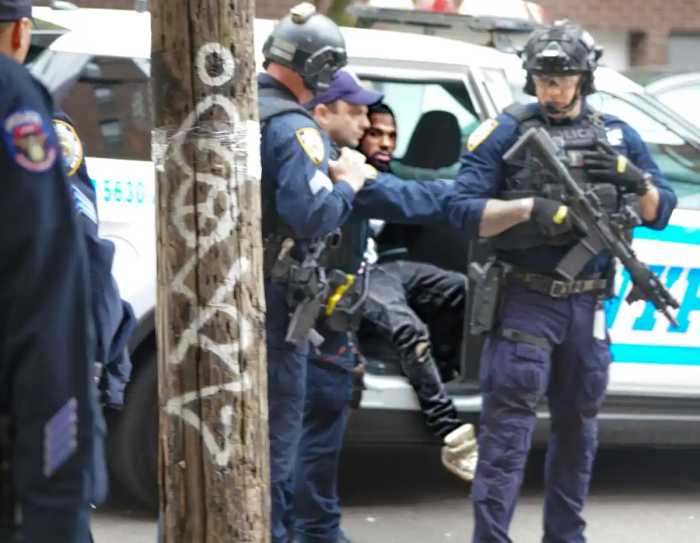
When journalist David Forsythe set out to cover Ireland’s "The Gathering" in 2013, he realized he had the makings of a book.
The tourism initiative, which invited the Irish diaspora to return to their ancestral towns and cities for celebrations, revealed hundreds of stories of Irish people who left their homes to make a positive impact elsewhere, Forsythe said.
“It struck me that everywhere I went — these tiny little villages or wherever they might be — there was someone who came from that place that did something,” he said. “I just started collecting their stories and that’s where the idea for the book came from.”
Published in 2017, “What have the Irish Ever Done for Us?” details the contributions of Irish people around the world, including those who lived in New York City.
“You could write a book just about Irish people in New York, just on that alone,” Forsythe said.
As St. Patrick’s Day nears, raise a pint to these Irish men and women who helped shape the city as it stands today.

John B. McDonald
Next time you ride the subway, think of John B. McDonald. A native of Fermoy in County Cork, McDonald was the contractor of the city’s first subway system, known as the Interborough Rapid Transit or IRT, the tunnels of which were dug mostly by Irish workers known as “sandhogs.”
“Sandhogs were the underground workers and most of them were Irish,” Forsythe said.
The IRT debuted in 1904 with stations between City Hall and 145th Street-Broadway in Manhattan.
“When he died in 1911, the entire subway system shut down for two minutes as a mark of respect to John B. McDonald,” Forsythe said.
Carmel Snow
As the editor-in-chief of New York-based Harper’s Bazaar, Carmel Snow paved the way for the likes of Diana Vreeland and Anna Wintour, among others.
“She was virtually unknown in Ireland, but in the early 20th century she was the biggest name in fashion in America,” Forsythe said.
Snow, who was born near Dublin, helmed Harper’s Bazaar from 1934 to 1958 and is credited with bringing more photography, art and fiction writing to its pages.
“She kind of revolutionized fashion journalism,” Forsythe added.
Kevin Roche
You may have seen (or even been inside) Kevin Roche’s work without realizing it. The Pritzker Prize-winning architect, who was born in Dublin and lived in the United States for decades before his death in 2018, helped design the J.P. Morgan Bank headquarters on Wall Street and the Ford Foundation headquarters in midtown, but he is most known for his renovation and extension of the Metropolitan Museum of Art.
“Before he was employed to do it, it was a very dark building with no light coming in,” Forsythe said. “And he opened up the whole museum and made a massive difference to it.”
John Stephenson
Before McDonald created the city’s first subway system, there was John Stephenson, an immigrant from Armagh in Northern Ireland who developed and patented the first streetcar in New York.
“His original streetcar line is now part of the Metro-North commuter rail system,” Forsythe said.
Mathew Brady
Many of the most famous photos from the Civil War were taken by Mathew Brady, who was initially a portrait photographer in New York City, according to Forsythe.
“You could call him the first photojournalist, really,” he said. “There’s a bit of a debate over whether he was born in Ireland or born in New York soon after his parents arrived from Ireland . . . nobody seems to know which is the case, but he’s Irish-American for sure.”
Nellie Bly
Though Irish-American, Nellie Bly was one of the most famous female journalists in the world in the late 19th century. She is most known for her trip around the world, à la the Jules Verne novel, for a series published in the New York World newspaper.
“They would telegram their dispatches every day of where they were and how they were getting on,” Forsythe said. “It was a massive media event at the time.”
Bly, born Elizabeth Cochran, is also considered a pioneer of investigative journalism after she went undercover as a patient of the New York City Lunatic Asylum located on Roosevelt Island, then known as Blackwell’s Island. Her six-part series, “Ten Days in a Mad-House” published in New York World, helped launch her career.
“She wrote a huge exposé on how the patients were being treated,” Forsythe said. “It caused massive uproar and a lot of reforms in how people were dealt with in those institutions as a result.”

































